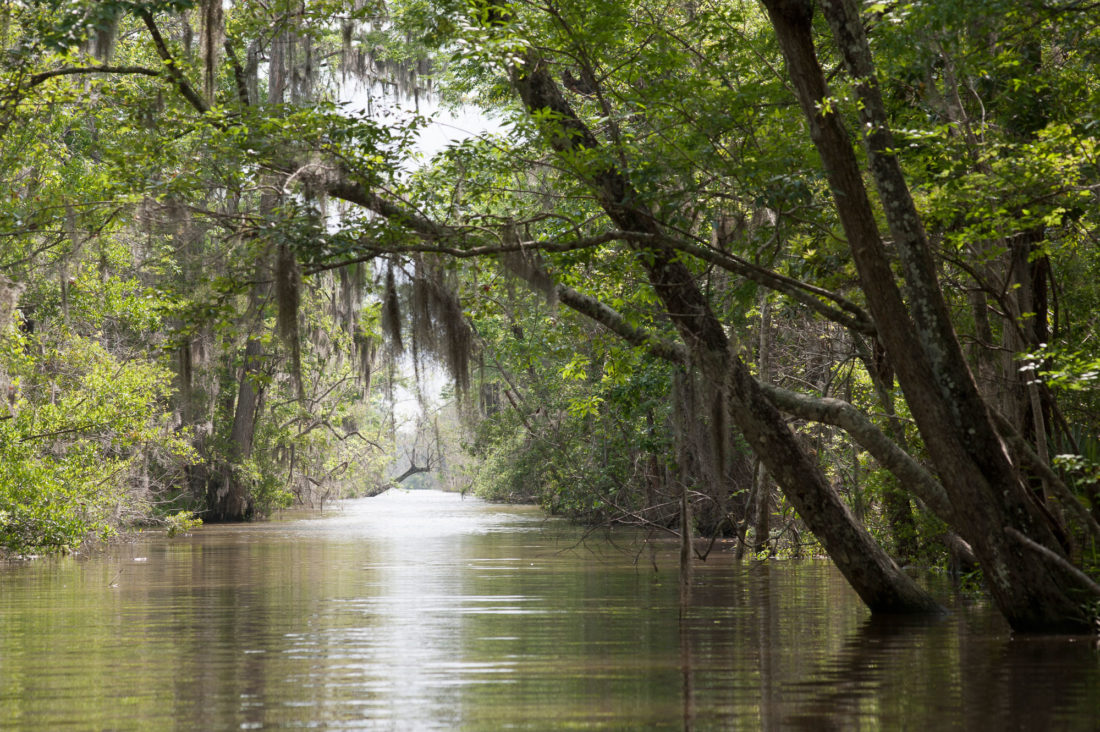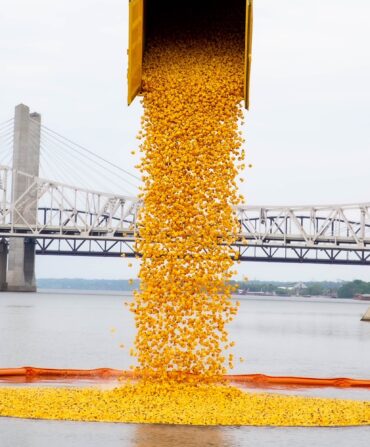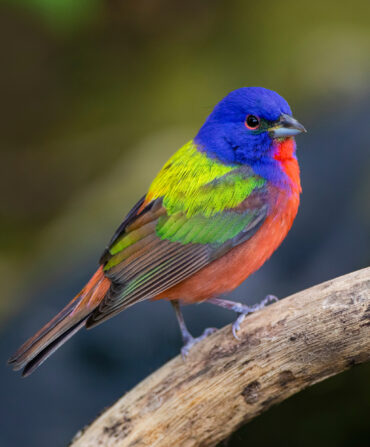Lurking in the fine lines of early, hand-drawn maps are secrets. The flora and fauna of a new land. Images of angels positioned at either pole, turning crank handles and keeping Earth spinning in the heavens. And perhaps most mystical: sea serpents. Fiery eyed and fierce toothed, they appear in maps of the Indian Ocean, along the coasts of Asia and Africa and South America, and here, in the river deltas of the New World.
But that’s crazy, right?
When Jacques Le Moyne—the first European artist in North America—was illustrating the New World somewhere off the Georgia-Florida coast in the mid-1500s, these monsters show up again and again. In fact, his may well be the first documentation of a now iconic creature that’s been sighted as recently as March 2018: the Altamaha-ha, a legendary beast said to inhabit the depths of Georgia’s Altamaha River.
“Le Moyne wasn’t here to draw maps filled with imaginary monsters or warnings like ‘Here be Dragons;’ he was sent to catalog the flora and fauna of the region,” says Taylor Brown, a novelist who grew up at the mouth of the Altamaha on Little Saint Simon’s Island, and wrote about the river in Garden & Gun’s February/March 2018 issue. “His alligators are misshapen and dinosaur-like, more like the descriptions of the Altamaha-ha than any alligator I’ve seen,” Brown says. “The head is too big, the neck too long, and the effect is something that looks a lot like a smaller version of the Loch Ness Monster.”
Brown set his second novel, River of Kings, on the Altamaha River, and the specter of the mythic monster—known to locals as “Altie”—appears in both of its distinct storylines: one contemporary as brothers kayak down the river to honor their father’s death, and one set in 1564 when a French expedition that included Jacques Le Moyne establish a fort on the river.
But the Altamaha-ha is purely the stuff of fiction, right? Maybe not.
The Nature Conservancy has called the Altamaha one of the world’s “75 Last Great Places” and in the river’s 137-mile run, roads cross it only five times and nary a dam blocks its flow. It twists and turns through hardwoods and cypress and maritime forests, descending from Lumber City through the sparsely-populated countryside, fields, and forests of southeastern Georgia before meeting the Atlantic near St. Simons. In the wildest places, the tree canopy makes it feel more like a watery tunnel than a river proper. Sturgeons, those huge, armor-plated, prehistoric fish so prized for their roe, live in the deepest holes.
“If you were a river monster, there might not be a better place in the U.S. to call home,” Brown jokes.
Tales of the Altamaha-ha appear in native legend and lore, but in 1830, you find the first newspaper account of a sighting. A schooner captain and five of his crew reported seeing a 70-foot creature with a long neck and alligator head in St. Simons Sound. A number of farmers and planters witnessed something, too—many saying it was a whale. But the Captain and his crew—men familiar with whales and dolphins and marine life of all sorts—stuck to the story of what they had seen that day (and four years earlier off nearby Sapelo Island). The word they used to describe it: “monster.”
In the 1920s loggers reported seeing the Altamaha-ha. In the ’30s it was hunters, in the ’40s a group of Boy Scouts, in the ’50s a pair of prison officials. Anglers and crabbers reported seeing the monster in the ’60s, ’70s and ’80s. A boater saw Altie in 2002 and a video of what may be the Altamaha-ha surfacing in the river appeared in 2010. But much like the Loch Ness Monster, evidence was anecdotal and all but nonexistent.
Then this March something washed up at Wolf Island National Wildlife Refuge at the mouth of the river, something that looked suspiciously like a juvenile Altie. Only one picture of the dead creature was distributed to the media, but it matched historical descriptions of the Altamaha-ha, from the grey-green skin to the elongated neck to the long tail. Reports quickly spread from local news to National Geographic, Newsweek, and a host of national and international newspapers. The men who submitted the photo quickly dropped off the radar and marine biologists—who tossed out a number of plausible explanations—were left with nothing to examine as the tides, presumably, carried the body away.
Naturally, Brown found himself involved in the mystery. In Georgia at that time on a book tour for his third novel, Gods of Howl Mountain (which is about moonshining and absolutely unrelated to the Altamaha-ha legend), he learned about the photo from the news. “I was as surprised as anyone else,” he says. “I’ve been trying to figure out why someone would go to such lengths to do this hoax, and right now I’m undecided on whether it was real or not.” In interviews with local news, he did have some fun; online commenters even wondered if he was involved. “I had nothing to do with it,” he says, “and because of River of Kings, I really want to know the truth behind the whole thing.”
But with nothing for scientists to study, this chapter only adds to the mystery of Georgia’s river monster.
“Skeptics think folks make this stuff up, like there’s some sort of generational hysteria around seeing the Altamaha-ha,” Brown says. “But stories are rooted in truth, and the truth is people have seen something in this river for a long, long time and maybe that’s Altie.”








